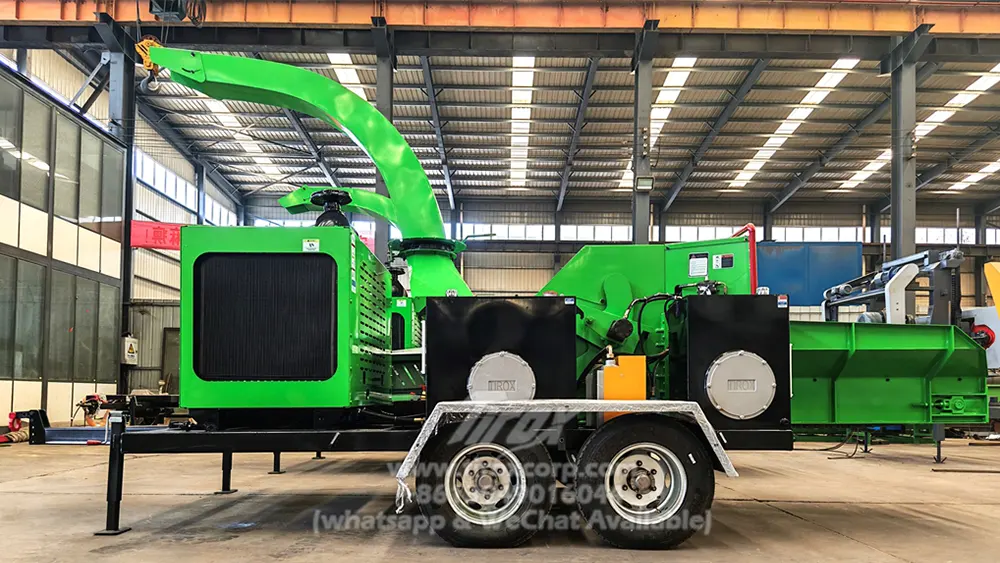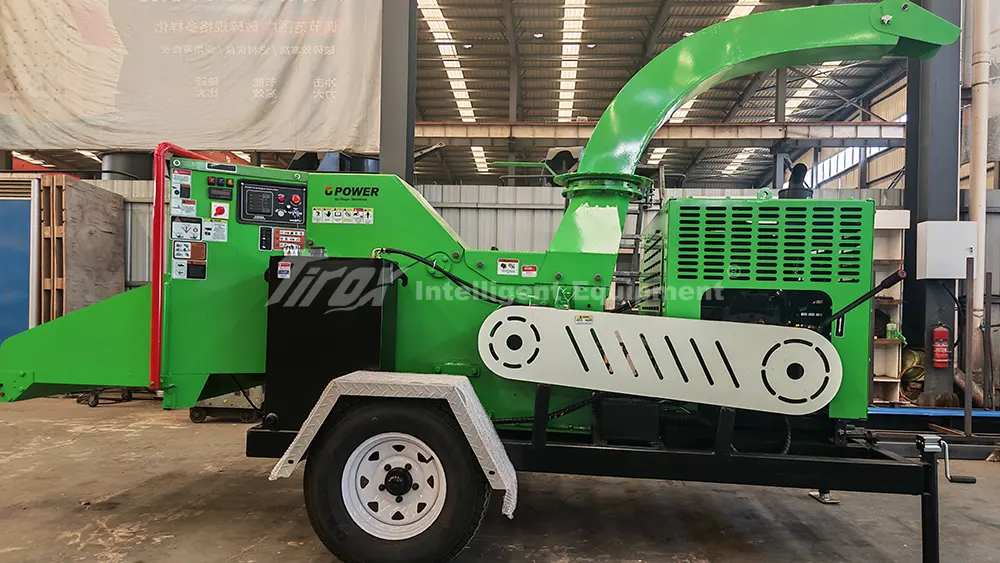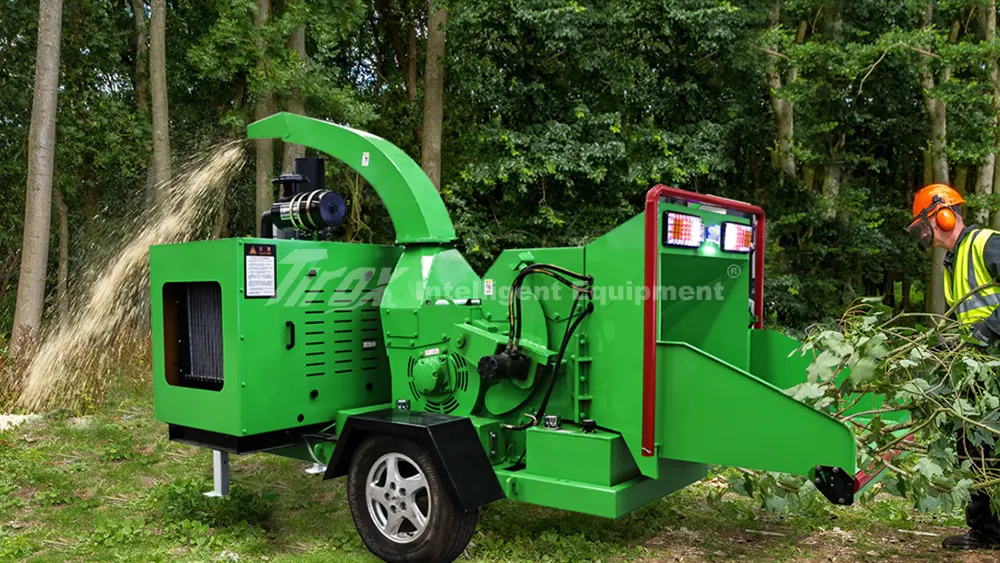Wood pellet machines play a crucial role in the production of biomass energy by compressing raw materials like wood chips and straw into pellets for heating, power generation, and animal feed. However, the characteristics of different raw materials can significantly impact the performance of the pellet machine. Understanding the common raw material adaptation issues and addressing them effectively is key to improving production efficiency and prolonging the equipment’s lifespan.
High Moisture Content in Raw Materials, Leading to Difficulty in Pellet Formation
Raw materials like wood chips or biomass with high moisture content often result in poor pellet formation, and can even cause blockages in the machine. When the moisture content is too high, the raw material doesn’t compress easily, leading to low pellet density and poor combustion efficiency.
Solution: Use a dryer to reduce the moisture content of raw materials or mix in dry material before feeding. The ideal moisture content should be between 10% and 15%; both higher and lower moisture levels will affect pellet formation.
Recommendation: Regularly check the moisture content of your raw materials to ensure it is at the optimal level. If moisture is too high, add a drying step to prevent energy waste caused by overly dry materials.

Inconsistent Raw Material Particle Size, Affecting Compression Efficiency
If the particle size of the raw material is inconsistent, the pellet machine cannot compress it evenly, leading to poor pellet quality. Large particles may not compress well, causing unstable pellet density.
Solution: Use screening equipment to pre-process the material and ensure the particle size is uniform. Adjust the screen mesh size to sort the material before feeding it into the machine.
Recommendation: During production, adjust the screening equipment according to the type of raw material to ensure uniformity in particle size and improve compression efficiency.
High-Viscosity Raw Materials Affecting Pellet Machine Performance
Certain high-viscosity materials, such as some resins or rubber, can cause blockages inside the pellet machine, increase energy consumption, and even disrupt normal machine operation. These sticky materials tend to adhere to the rollers and molds, making cleaning more difficult.
Solution: Use appropriate feeding equipment and high-temperature, high-viscosity components to reduce material wear. Regularly clean the pellet machine to ensure smooth operation.
Recommendation: When dealing with high-viscosity materials, select pellet machine components that are designed for such materials, such as high-temperature resistant rollers and molds, to ensure the machine functions properly.
Raw Materials Containing Impurities Affecting Pellet Quality
Raw materials containing impurities such as sand, metal, or other foreign objects not only damage the equipment but also affect pellet quality. Impurities can wear down the rollers and increase downtime, potentially causing equipment failure.
Solution: Use screening equipment to remove impurities and ensure the purity of the raw material. Regularly inspect and clean the feeding system to prevent contaminants from entering the machine.
Recommendation: Use dedicated screening devices to remove impurities from the raw material and ensure the pellet machine operates smoothly, producing high-quality pellets.
Adapting to a Variety of Raw Materials
In real production environments, different raw materials (such as wood chips, straw, corn stalks, etc.) may have different adaptation characteristics for the pellet machine. When dealing with a variety of raw materials, how can the machine maintain high performance?
Solution: Choose a versatile pellet machine that can handle a wide range of raw materials, offering greater flexibility. Adjust the settings of the rollers and molds to suit specific raw material types.
Recommendation: Adjust operational parameters, such as pressure and temperature, based on the raw material characteristics. Ensure that the pellet machine is adaptable to different materials, improving production efficiency.

Regular Maintenance and Adjustments to Ensure Long-Term Adaptation to Different Raw Materials
Regular maintenance and adjustments are crucial to keeping the pellet machine in optimal condition. By periodically checking the key components and adjusting the machine’s settings, it is possible to ensure that the pellet machine can continue to adapt to various raw materials over time.
Recommendation: Regularly check key parts of the pellet machine, such as the rollers, molds, and screens, to ensure they are in good condition. Adjust the equipment settings when processing different raw materials to extend the machine’s service life.
Conclusion
Optimizing the raw material adaptation of your wood pellet machine is essential for improving production efficiency and ensuring product quality. By adjusting moisture levels, screening particle size, solving high-viscosity material issues, removing impurities, and conducting regular maintenance, you can ensure that the pellet machine runs efficiently and stably with a variety of raw materials. These measures not only enhance pellet machine performance but also prolong the equipment’s lifespan and reduce operating costs.






